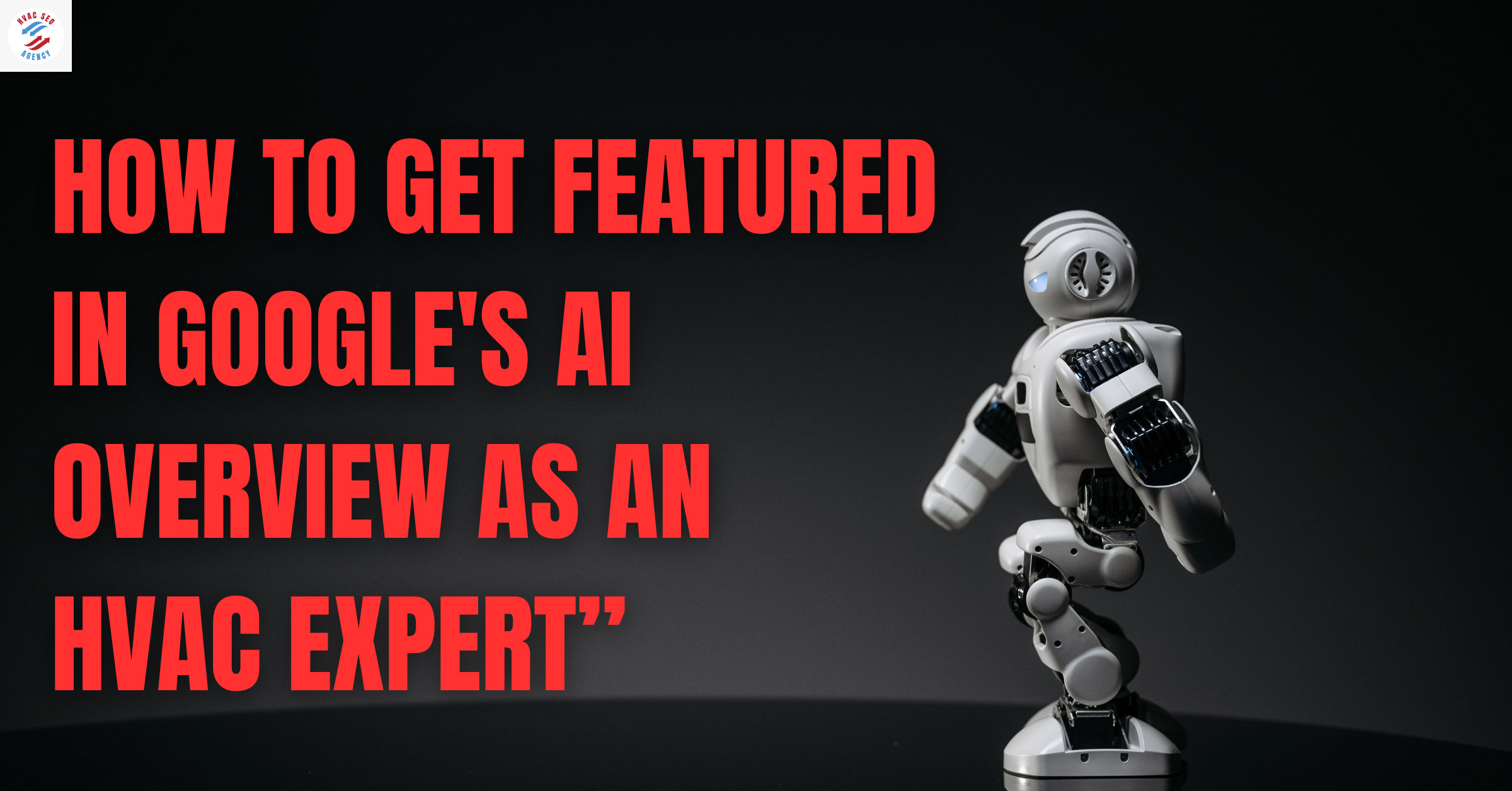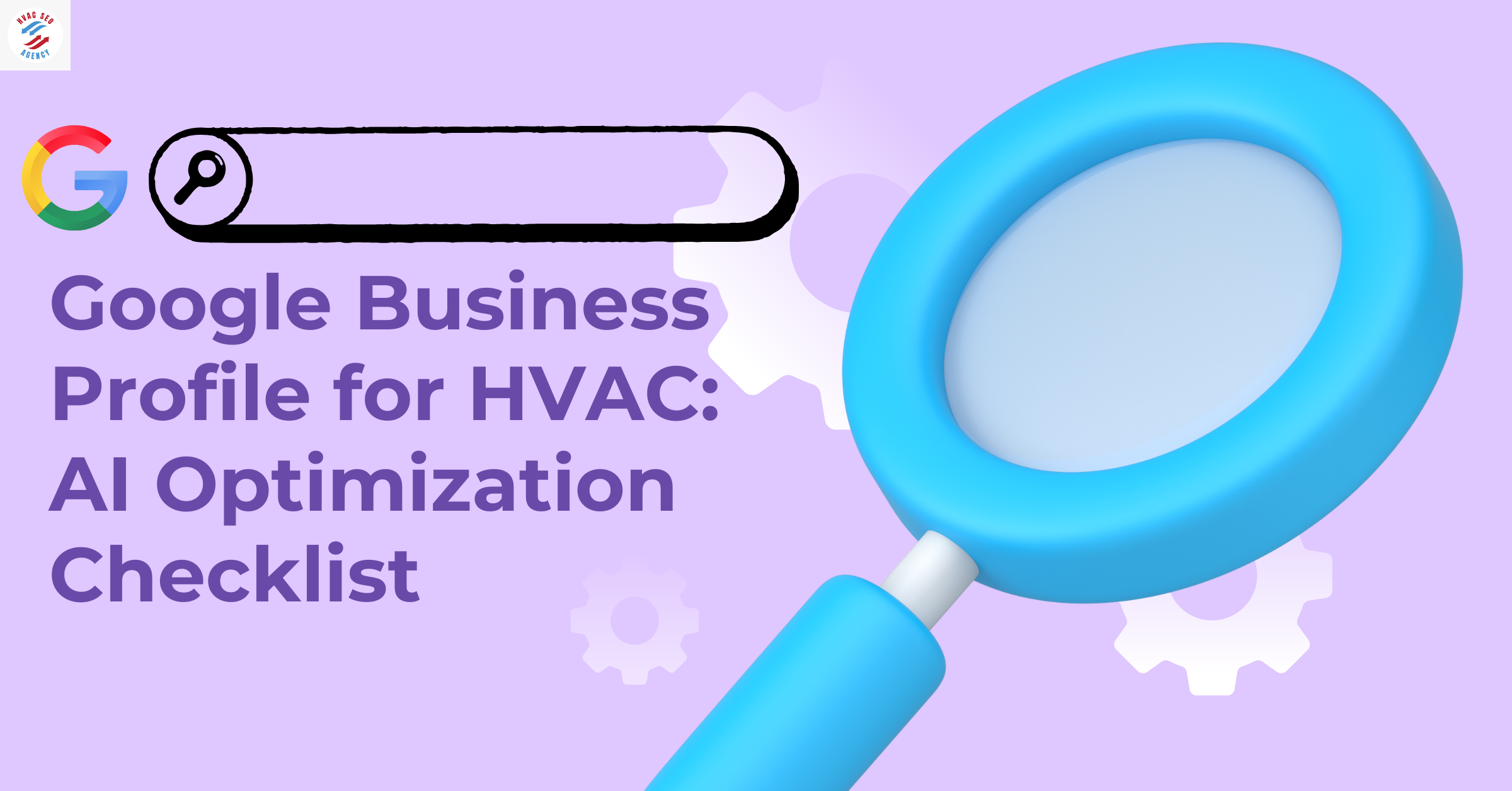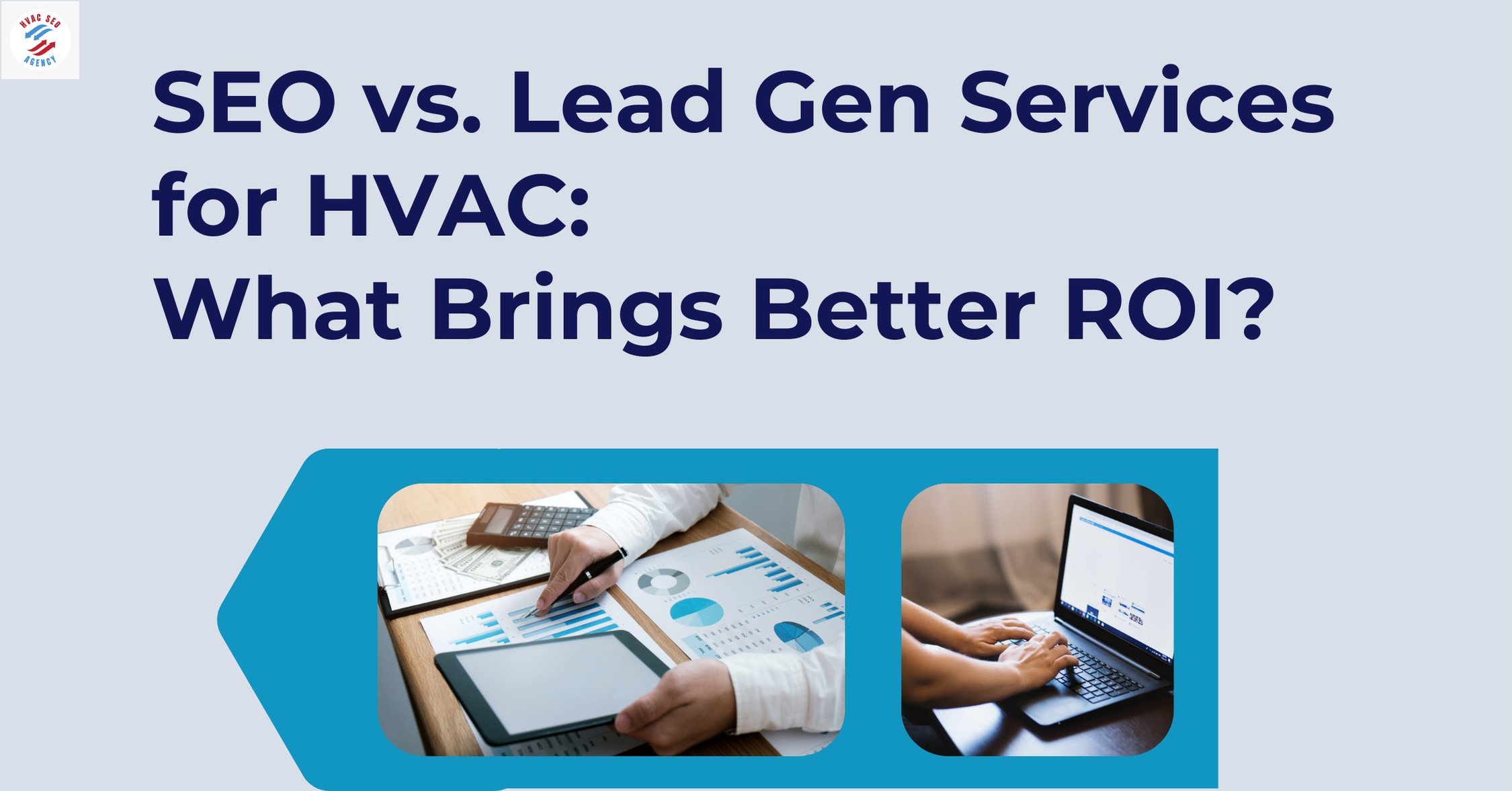How to Reduce Callbacks & Improve First-Time Fix Rates

Section 1: Understanding the HVAC First-Time Fix Rate
In the HVAC industry, the first-time fix rate (FTFR) is a pivotal metric that measures the percentage of service calls resolved successfully during the initial visit without the need for additional parts, information, or support. A high FTFR signifies operational efficiency, cost-effectiveness, and elevated customer satisfaction.
1.1 Definition and Importance of HVAC First-Time Fix Rate
The FTFR is calculated by dividing the number of service tasks completed on the first visit by the total number of service tasks, then multiplying by 100 to express it as a percentage. For instance, if a company completes 100 service calls in a month and 80 of those are resolved on the first visit, the FTFR would be 80%.
A high FTFR is crucial for HVAC businesses as it directly impacts profitability and customer loyalty. Resolving issues on the first visit reduces operational costs associated with repeat visits and minimizes equipment downtime for clients, thereby enhancing customer satisfaction. Conversely, a low FTFR can lead to increased costs, resource inefficiencies, and potential loss of clientele.
1.2 Industry Benchmarks and Statistics
Industry standards for FTFR vary, but research indicates:
Average FTFR: Approximately 75-80% across various sectors.
Top Performers: Achieve FTFRs above 90%, reflecting superior operational practices.
Bottom Performers: Have FTFRs around 63%, often facing challenges in efficiency and customer retention.
Table 1: FTFR Benchmarks
1.3 Financial Implications of Low FTFR
A low FTFR can significantly affect an HVAC company's financial health:
Increased Operational Costs: Each additional service visit can cost between $200 and $300, encompassing labor, transportation, and opportunity costs.
Reduced Customer Retention: Companies with FTFRs below 70% experience a customer retention rate of 76%, whereas those with higher FTFRs maintain rates around 86%.
Lost Revenue Opportunities: Technicians occupied with repeat visits have less availability for new service requests, hindering potential revenue growth.
Graph 1: Impact of FTFR on Customer Retention
1.4 Role of HVAC SEO Agencies in Enhancing Business Performance
Partnering with an HVAC SEO Agency can substantially improve a company's online visibility, leading to increased service requests and revenue. An Affordable HVAC SEO Agency in [City] can assist in:
Improving Online Presence: Optimizing the company's website and online profiles to rank higher in search engine results, attracting more potential customers.
Targeted Marketing: Implementing strategies to reach the specific audience in [City], ensuring marketing efforts are efficient and effective.
Lead Generation: Enhancing the quality and quantity of leads through tailored SEO strategies, resulting in higher conversion rates.
By leveraging the expertise of an Affordable HVAC SEO Agency in Dallas HVAC businesses can not only increase their client base but also focus on improving operational metrics like FTFR, leading to overall business growth.
Section 2: Why Reducing HVAC Callbacks is Crucial
In the HVAC industry, minimizing callbacks is essential for maintaining profitability, ensuring customer satisfaction, and enhancing operational efficiency. A callback occurs when a technician must return to a client's location to address an issue that was not resolved during the initial visit, often leading to increased costs and diminished trust.
2.1 Common Causes of HVAC Callbacks
Understanding the root causes of callbacks is the first step toward prevention. Common factors include:
Misdiagnosis: Inaccurate identification of the problem can lead to ineffective solutions, necessitating additional visits.
Inadequate Training: Technicians lacking proper training may perform repairs incorrectly or overlook underlying issues.
Poor Communication: Misunderstandings between the technician and client regarding the problem or service expectations can result in unresolved issues.
Insufficient Maintenance: Neglecting routine maintenance can cause minor issues to escalate, leading to system failures.
Faulty Parts: Using substandard or incompatible components can cause recurring problems.
2.2 The Cost of HVAC Callbacks
Callbacks can significantly impact an HVAC company's bottom line. The costs associated with callbacks include:
Direct Costs: Labor and travel expenses incurred during the return visit.
Indirect Costs: Lost opportunities for revenue, as technicians are occupied with non-billable work.
Customer Dissatisfaction: Repeated issues can erode trust, leading to loss of future business and negative word-of-mouth.
Table 1: Average Costs Associated with HVAC Callbacks
Source: High-Performance HVAC Today
2.3 Effects of High Callbacks on Business Growth
A high rate of callbacks can hinder business growth in several ways:
Reduced Profit Margins: Increased operational costs from callbacks can erode profit margins.
Technician Morale: Frequent callbacks can lead to technician frustration and decreased job satisfaction.
Reputation Damage: Persistent issues can tarnish a company's reputation, making it harder to attract new clients.
Graph 1: Impact of Callback Rate on Profit Margins
2.4 How to Improve Service Response Times in Your HVAC Business
Improving service response times is crucial for enhancing customer satisfaction and reducing callbacks. Strategies include:
Efficient Scheduling: Implementing advanced scheduling software to optimize technician routes and reduce travel time.
Adequate Staffing: Ensuring sufficient staffing levels during peak seasons to meet demand promptly.
Training and Development: Providing ongoing training to improve technician efficiency and problem-solving skills.
Inventory Management: Maintaining well-stocked service vehicles to eliminate delays caused by sourcing parts.
Communication Tools: Utilizing mobile communication tools to provide real-time updates to technicians and customers.
By focusing on these areas, HVAC businesses can enhance their service response times, leading to higher first-time fix rates and improved customer satisfaction.
Section 3: Strategies to Improve HVAC First-Time Fix Rate
Enhancing the HVAC first-time fix rate (FTFR) is crucial for operational efficiency, customer satisfaction, and profitability. A higher FTFR indicates that technicians can resolve issues during the initial visit, reducing the need for follow-ups and associated costs. Implementing effective strategies, including Best Practices for Onboarding New HVAC Employees, can significantly improve this metric.
3.1 Proper Technician Training & Certification
Investing in comprehensive training and certification programs ensures technicians possess the necessary skills to diagnose and repair HVAC systems accurately on their first visit. Continuous education keeps them updated on the latest technologies and industry standards, directly impacting the HVAC first-time fix rate.
A study by JB Warranties emphasizes the importance of assessing existing skill sets to identify potential needs, ensuring that training is tailored to address specific gaps.
3.2 Using Advanced Diagnostic Tools
Equipping technicians with state-of-the-art diagnostic tools enables precise identification of issues, reducing misdiagnoses and repeat visits. Advanced tools facilitate quicker and more accurate repairs, thereby enhancing the HVAC first-time fix rate.
According to Field Promax, automating business processes and utilizing advanced tools can significantly improve FTFR.
3.3 Efficient Inventory Management
Maintaining a well-organized inventory ensures that technicians have immediate access to necessary parts, eliminating delays caused by ordering components. Efficient inventory systems contribute to higher HVAC first-time fix rates by enabling prompt repairs.
Field Promax highlights that proper inventory management is crucial for improving FTFR.
3.4 Standardized Procedures & Checklists
Implementing standardized procedures and checklists ensures consistency in service delivery. Technicians following established protocols are less likely to overlook critical steps, leading to improved HVAC first-time fix rates.
Expansive FM suggests that providing engineers with the right information and keeping teams communicating are vital practices to enhance FTFR.
3.5 Remote Troubleshooting & Pre-Visit Diagnostics
Utilizing remote troubleshooting and pre-visit diagnostics allows technicians to assess issues before arriving on-site. This proactive approach enables them to prepare adequately, increasing the likelihood of resolving problems during the initial visit and improving the HVAC first-time fix rate.
ViiBE emphasizes that advanced tools and technologies, such as remote diagnostics solutions, are key elements in achieving high FTFR.
3.6 Best Practices for Onboarding New HVAC Employees
Effective onboarding of new HVAC employees is vital for maintaining high service standards and achieving a superior HVAC first-time fix rate. A structured onboarding process ensures that new hires are well-prepared to perform their duties efficiently. Key practices include:
Develop a Seamless Onboarding Process: Implementing a step-by-step process that introduces new employees to company workflows, expectations, and culture is essential. This approach helps new hires integrate smoothly and understand their roles clearly.
Assess Existing Skill Sets: Evaluating the current skills of new employees allows for the identification of specific training needs, ensuring that they are equipped to handle the tasks required.
Assign Mentors or Buddies: Pairing new hires with experienced technicians facilitates knowledge transfer, provides support, and accelerates learning, leading to improved performance.
Utilize Technology in Onboarding: Incorporating digital tools and platforms can streamline the onboarding process, making it more efficient and engaging for new employees.
Implementing these best practices in onboarding not only equips new HVAC employees with the necessary skills and knowledge but also fosters a culture of excellence, ultimately contributing to higher HVAC first-time fix rates.
Section 4: Boiler Troubleshooting: Common Issues and How to Fix Them
Boilers are essential components of HVAC systems, providing heating and hot water to residential and commercial properties. However, like any mechanical system, they can encounter issues that disrupt their functionality. Understanding common boiler problems and their solutions is crucial for maintaining system efficiency and ensuring occupant comfort.
4.1 Common Boiler Issues
Several prevalent boiler problems can affect performance:
No Heat or Hot Water: This issue can arise from various causes, including malfunctioning thermostats, broken diaphragms, or low water levels.
Leaking: Leaks may result from corroded pipes, faulty pressure valves, or damaged seals.
Strange Noises (Kettling): Banging, whistling, or gurgling sounds often indicate air in the system, low water pressure, or limescale buildup on the heat exchanger.
Pilot Light Going Out: A faulty thermocouple, draft, or deposit buildup can cause the pilot light to extinguish.
Low Boiler Pressure: This can be due to water leaks, bleeding radiators, or issues with the expansion vessel.
Frozen Condensate Pipe: In cold weather, the condensate pipe can freeze, causing the boiler to shut down.
4.2 Troubleshooting and Fixes
Addressing these common issues involves specific troubleshooting steps:No Heat or Hot Water: Check the thermostat settings and ensure it's set to the desired temperature. Verify that the boiler pressure is within the recommended range (typically 1-2 bar). If the issue persists, consult a qualified technician to inspect components like the diaphragm, airlocks, or motorized valves.
Leaking: Identify the source of the leak. For minor leaks from pressure valves or seals, tightening connections may suffice. However, leaks due to corrosion or significant damage require professional assessment and potential part replacements.
Strange Noises (Kettling): Bleed radiators to remove trapped air. If noises persist, it could indicate limescale buildup; a professional power flush may be necessary to clear deposits from the system.
Pilot Light Going Out: Ensure there are no drafts affecting the pilot light. Clean the pilot assembly to remove any debris. If the problem continues, the thermocouple may be faulty and require replacement by a professional.
Low Boiler Pressure: Inspect the system for visible leaks. Repressurize the boiler using the filling loop, following the manufacturer's guidelines. If pressure drops frequently, seek professional assistance to identify underlying issues.
Frozen Condensate Pipe: Gently thaw the pipe using warm (not boiling) water or apply a warm cloth to the affected area. To prevent future freezing, insulate the condensate pipe or consider rerouting it to a less exposed location.
4.3 Preventive Measures
Implementing preventive strategies can enhance boiler reliability:
Regular Maintenance: Schedule annual servicing by certified professionals to identify and address potential issues before they escalate.
System Flushing: Perform power flushing periodically to remove sludge and limescale, ensuring optimal water flow and heat transfer.
Water Treatment: Use appropriate chemical inhibitors to prevent corrosion and scale buildup within the system.
Insulation: Insulate pipes, especially the condensate pipe, to prevent freezing during colder months.
4.4 When to Seek Professional Help
While some minor issues can be resolved by homeowners, certain situations necessitate professional intervention:
Persistent Problems: If issues recur frequently despite troubleshooting efforts, consult a qualified technician for a comprehensive assessment.
Complex Repairs: Tasks involving gas components, electrical wiring, or internal boiler parts should only be handled by certified professionals to ensure safety and compliance with regulations.
System Upgrades: For older boilers or systems with outdated components, a professional can recommend upgrades or replacements to improve efficiency and reliability.
Section 5: Leveraging Technology to Enhance HVAC First-Time Fix Rates
In the HVAC industry, integrating advanced technologies such as the Internet of Things (IoT), Artificial Intelligence (AI), and Field Service Management (FSM) software has become pivotal in improving operational efficiency and increasing first-time fix rates (FTFR). These innovations enable proactive maintenance, real-time monitoring, and optimized resource allocation, leading to enhanced service delivery and customer satisfaction.
5.1 IoT and Predictive Maintenance
The adoption of IoT devices in HVAC systems facilitates continuous monitoring of equipment performance, allowing for predictive maintenance strategies that preemptively address potential issues before they escalate into significant problems. By collecting and analyzing real-time data, IoT-enabled systems can predict failures and schedule maintenance accordingly, thereby reducing unexpected breakdowns and improving FTFR.
For instance, a case study involving a leading global manufacturer of HVAC systems demonstrated that implementing an AI/ML-based IoT solution enabled the prediction of system anomalies, resulting in proactive maintenance and reduced downtime.
5.2 AI-Driven Predictive Maintenance
Integrating AI with IoT enhances the predictive maintenance capabilities of HVAC systems. AI algorithms analyze data collected from IoT sensors to provide real-time health assessments and predict potential failures with high accuracy. This approach not only minimizes maintenance expenses but also ensures optimal equipment performance.
A study highlighted that the application of AI in predictive maintenance significantly improves HVAC system performance and reduces costs.
5.3 Field Service Management (FSM) Software
FSM software plays a crucial role in enhancing FTFR by optimizing various aspects of field operations:
Efficient Technician Dispatching: FSM tools match service requests with appropriately skilled technicians, ensuring that the right personnel are assigned to each job.
Access to Information: Technicians equipped with FSM software have real-time access to job details, customer history, and equipment information, enabling them to prepare adequately and resolve issues efficiently.
Inventory Management: FSM systems track inventory levels, ensuring that technicians have the necessary parts and tools, thereby reducing delays and repeat visits.
Companies implementing FSM software have reported a 45% increase in first-time fix rates, leading to fewer return visits and enhanced customer satisfaction.
5.4 Real-World Applications
The practical benefits of integrating these technologies are evident in various real-world scenarios
Smart HVAC Solutions: CoolAutomation's clients have experienced improved HVAC system operations and energy savings through the implementation of smart HVAC solutions.
AI for Energy Efficiency: BrainBox AI's platform utilizes AI to optimize HVAC systems in commercial buildings, resulting in significant energy savings and reduced greenhouse gas emissions.
5.5 Benefits of Technological Integration
The integration of IoT, AI, and FSM software in HVAC operations offers several advantages:
Enhanced Efficiency: Automated monitoring and predictive analytics streamline maintenance processes, reducing downtime and improving system reliability.
Cost Savings: Proactive maintenance and optimized resource allocation lead to reduced operational costs and extended equipment lifespan.
Improved Customer Satisfaction: Higher FTFR and timely service interventions enhance customer trust and loyalty.
Section 6: Implementing Best Practices from Leading HVAC Companies to Enhance First-Time Fix Rates
Achieving a high first-time fix rate (FTFR) is a critical objective for HVAC businesses aiming to boost customer satisfaction and operational efficiency. Leading HVAC companies have adopted several best practices to enhance their FTFR, serving as valuable benchmarks for others in the industry.
6.1 Assigning the Right Technician to the Job
Ensuring that the technician dispatched possesses the appropriate skills and experience for the specific task is fundamental to achieving a high FTFR. Top HVAC companies utilize advanced scheduling systems that match job requirements with technician expertise, thereby increasing the likelihood of resolving issues on the first visit.
6.2 Providing Technicians with Mobile Access to Information
Equipping technicians with mobile applications that offer real-time access to job details, client history, and necessary documentation empowers them to perform their duties more effectively. This immediate access to information reduces delays and enhances the FTFR.
6.3 Implementing Proactive Maintenance Strategies
Leading HVAC companies adopt proactive maintenance approaches, conducting regular inspections to identify and address potential issues before they escalate. This strategy minimizes unexpected failures and contributes to a higher FTFR.
6.4 Utilizing Advanced and Intelligent Technologies
Incorporating technologies such as predictive maintenance tools, condition monitoring systems, and IoT sensors allows HVAC companies to monitor equipment health in real-time. These technologies enable early detection of potential failures, facilitating timely interventions and improving the FTFR.
6.5 Monitoring Key Performance Indicators (KPIs)
Top-performing HVAC companies regularly track KPIs such as FTFR, job completion times, and customer satisfaction scores. Monitoring these metrics provides actionable insights that inform continuous improvement efforts, leading to enhanced service quality and efficiency.
6.6 Focusing on Delivering Exceptional Customer Service
Prioritizing customer satisfaction by delivering prompt, reliable, and courteous service is a hallmark of leading HVAC companies. A strong emphasis on customer service not only improves retention rates but also positively impacts the FTFR by fostering clear communication and trust.
6.7 Optimizing Scheduling and Dispatching
Efficient scheduling and dispatching systems ensure that technicians arrive on time and are well-prepared for the tasks at hand. By reducing waiting times and enhancing punctuality, these systems contribute to a higher FTFR and improved customer satisfaction.
6.8 Implementing Effective Inventory Management
Maintaining an organized inventory system ensures that technicians have immediate access to necessary parts and tools, reducing delays and the need for repeat visits. Effective inventory management practices can lead to a 45% improvement in FTFR.
6.9 Enhancing Communication Among Teams
Facilitating clear and continuous communication between technicians, dispatchers, and customers ensures that everyone is aligned regarding job requirements and expectations. This alignment reduces misunderstandings and contributes to a higher FTFR.
6.10 Providing Ongoing Training and Certification
Investing in regular training programs keeps technicians updated on the latest HVAC technologies and industry best practices. Ensuring that technicians hold proper licenses and certifications enhances their competence and confidence, leading to improved FTFR.
Section 7: Future Trends in Enhancing HVAC First-Time Fix Rates
The HVAC industry is continually evolving, with emerging technologies and practices poised to significantly improve first-time fix rates (FTFR). Staying abreast of these trends enables HVAC businesses to enhance operational efficiency, reduce costs, and boost customer satisfaction.
7.1 Integration of Artificial Intelligence (AI) and Machine Learning
AI and machine learning are transforming HVAC maintenance by enabling predictive analytics. These technologies analyze vast amounts of data to forecast potential system failures, allowing for proactive interventions that enhance FTFR.
For example, BrainBox AI's platform utilizes AI to optimize HVAC systems in commercial buildings, resulting in significant energy savings and reduced greenhouse gas emissions.
7.2 Adoption of Smart HVAC Systems
The rise of smart HVAC systems equipped with IoT sensors allows for real-time monitoring and remote diagnostics. Technicians can access system data remotely, identify issues before they escalate, and arrive on-site prepared with the necessary tools and parts, thereby improving FTFR.
Smart HVAC systems are transforming how homeowners and businesses manage indoor climate.
7.3 Implementation of Predictive Maintenance
Predictive maintenance leverages data analytics to anticipate equipment failures before they occur. By addressing issues proactively, HVAC companies can reduce unexpected breakdowns and improve FTFR.
Predictive maintenance utilizes data analytics to detect issues before they manifest into system breakdowns, providing timely interventions that prevent system failure.
7.4 Utilization of Advanced Diagnostic Tools
Advanced diagnostic tools enable technicians to accurately identify and address HVAC issues on the first visit. These tools, combined with mobile access to system data, empower technicians to perform precise repairs, enhancing FTFR.
Equipping technicians with advanced diagnostic tools and technologies empowers them to identify the root causes of issues accurately during the initial assessment, laying the foundation for successful first-time resolutions.
FAQs: HVAC First-Time Fix Rate & Reducing Callbacks
Q1: What is the HVAC first-time fix rate, and why is it important?
A: The HVAC first-time fix rate (FTFR) measures the percentage of service calls resolved during the initial visit. A higher FTFR reduces operational costs, enhances customer satisfaction, and improves technician productivity.
Q2: How can HVAC companies reduce callbacks?
A: Strategies include technician training, remote diagnostics, efficient inventory management, and standardized service protocols to ensure issues are resolved in a single visit.
Q3: What role does an HVAC SEO agency play in business growth?
A: An HVAC SEO agency helps businesses generate more leads by improving their online presence, ensuring they attract qualified customers who need immediate HVAC services.
Q4: How does technology improve the first-time fix rate?
A: AI, IoT, and Field Service Management (FSM) software enable predictive maintenance, real-time equipment monitoring, and better technician dispatching, all of which improve FTFR.
Q5: What are the most common reasons for HVAC callbacks?
A: Misdiagnosis, lack of training, poor communication, unavailable parts, and substandard repairs contribute to increased callbacks.
Q6: How can onboarding new HVAC employees improve first-time fix rates?
A: Implementing Best Practices for Onboarding New HVAC Employees, such as mentorship programs, hands-on training, and certifications, ensures new hires are prepared for fieldwork.
Q7: What trends will impact HVAC FTFR in the future?
A: The adoption of smart HVAC systems, predictive maintenance, AI-driven diagnostics, and energy-efficient solutions will shape the future of HVAC service efficiency.
Conclusion: Enhancing HVAC Efficiency with First-Time Fix Rate Optimization
The HVAC first-time fix rate is a critical performance metric that directly impacts business profitability, customer retention, and operational efficiency. By implementing best practices such as advanced technician training, Boiler Troubleshooting: Common Issues and How to Fix Them, improved service response times, and leveraging AI and IoT solutions, companies can significantly reduce callbacks and increase first-visit resolution rates.
Furthermore, collaborating with an HVAC SEO agency ensures businesses attract high-quality leads, converting more inquiries into revenue-generating service calls. With the right training, technology, and business strategies, HVAC companies can stay ahead of industry trends and achieve long-term success.






